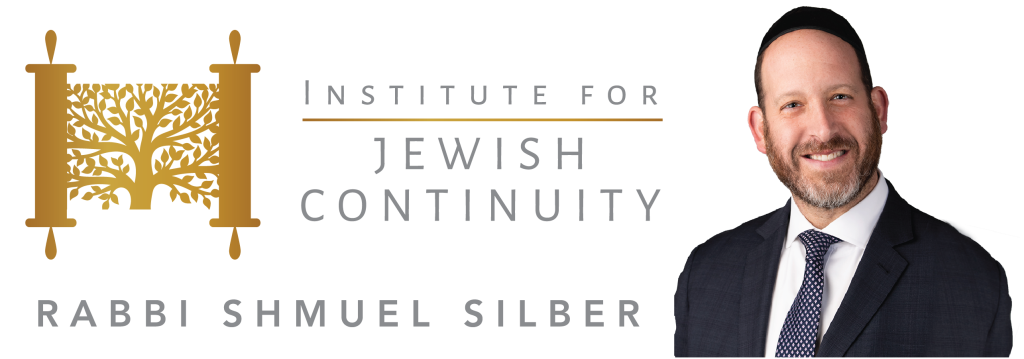וְאֵ֗לֶּה שְׁמוֹת֙ בְּנֵ֣י יִשְׂרָאֵ֔ל הַבָּאִ֖ים מִצְרָ֑יְמָה אֵ֣ת יַֽעֲקֹ֔ב אִ֥ישׁ וּבֵית֖וֹ בָּֽאוּ
And these are the names of the sons of Israel who came to Egypt; with Jacob, each man and his household came (Exodus 1:1)
The Torah then proceeds to list all of the sons of Yaakov. Rashi is bothered by the need to include this information. After all, the family was listed (back in Bereishis) when they relocated to Egypt from Canaan. The Torah lists the names of the tribes and their respective offspring. Why the need to state it again?
Rashi explains: Although [God] counted them in their lifetime by their names (Gen. 46:8-27), He counted them again after their death, to let us know how precious they are [to Him], because they were likened to the stars, which He takes out [From beyond the horizon] and brings in by number and by name, as it is said: who takes out their host by number; all of them He calls by name (Isa. 40:26).
Truly beautiful. The Ribbono Shel Olam counts and lists us multiple times to show us His tremendous love. This is especially poignant given the fact that Egyptian servitude was about to begin. Hashem reminded us of His love before the suffering began in order that this very Divine love serve as our anchor and stabilizing force in the tumultuous times ahead.
Perhaps, there is an additional lesson to be learned from Hashem’s list.
Binyamin Meir Airley, a 21-year-old paratrooper, fell in battle in Gaza on November 11th. In a very moving message, his mother recounted how after he was killed, she found a handwritten list, which must have been written when he was 16 or 17 years old, identifying all of the things he wanted to accomplish. Mrs. Meir proceeded to share some of the items on this list and they painted a picture of a thoughtful, deep, and holy young man. Binyamin wanted to visit the grave of Rebbe Nachman in Uman and own horses. He wanted to have good friends and have a close relationship with family. Binyamin wanted to learn Torah and have “enough” money. He wanted to daven with kavana and become a combat soldier. But what was truly amazing was how many of those very items on the list he managed to accomplish in his short life.
Perhaps, the Ribbono Shel Olam was modeling for us the need to make a life list. Hashem listed the things that are important and beloved to Him. Perhaps, our Father is encouraging us to do the same. Create a list of what is important and what are things I want to accomplish? It would be an interesting exercise. What are the things I need to do in order to fully self-actualize, become the best version of myself, and truly live a meaningful life? What would that list have been before October 7th, and what would be on that list now? Hashem creates lists many times throughout Chumash. There are the Aseres HaDibros, which is the list that detailed the spiritual pillars for successful living. There are the journeys and stops our people made during their sojourn in the desert, representing that life is not a linear journey; there are ups and downs, accomplishments, and setbacks. And of course, there are the opening verses in this week’s Parsha, listing what is most precious to our Creator.
During these challenging times, we feel heartbroken and optimistic. We feel loss and yet so whole. This is the time to write a list. This is the time to put pen to paper and really identify what we want to do, who we want to be, and plan to make it all happen.
May Binyamin Meir’s neshoma, together with all of the neshamos of our kedoshim ascend to the kisei ha’kavod (throne of Hashem), and may we witness the geulah, speedily in our days.


